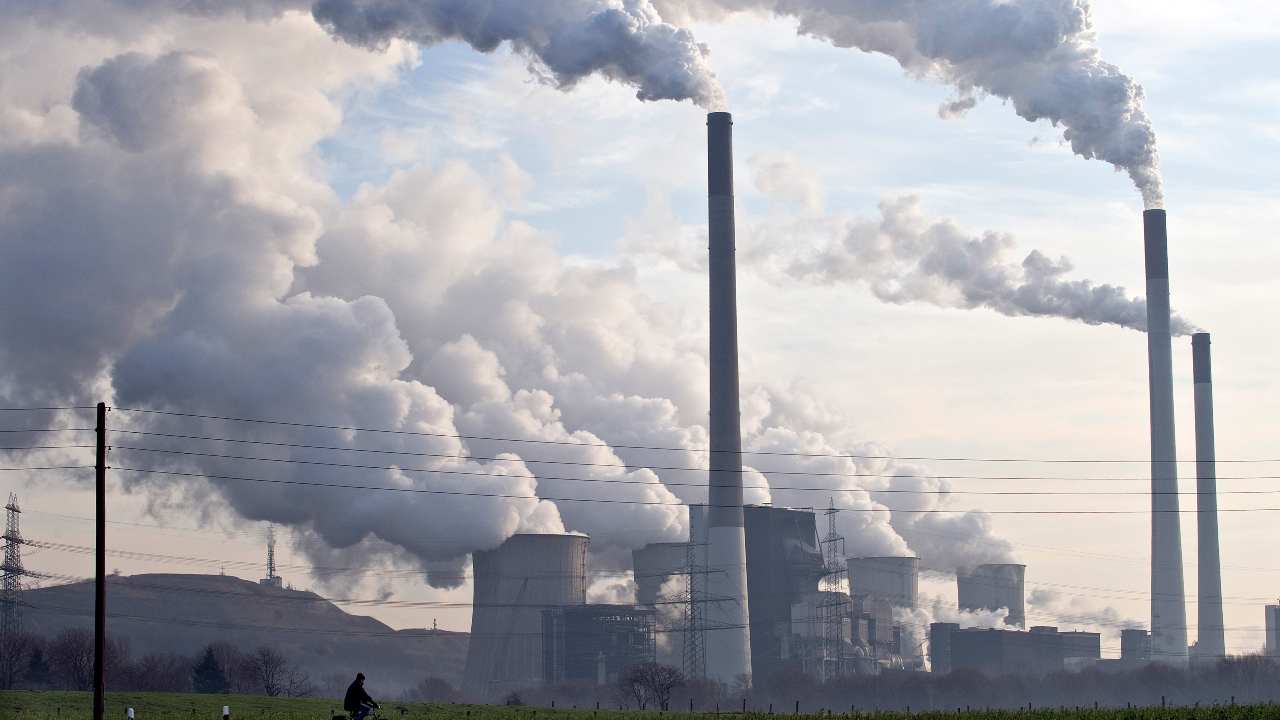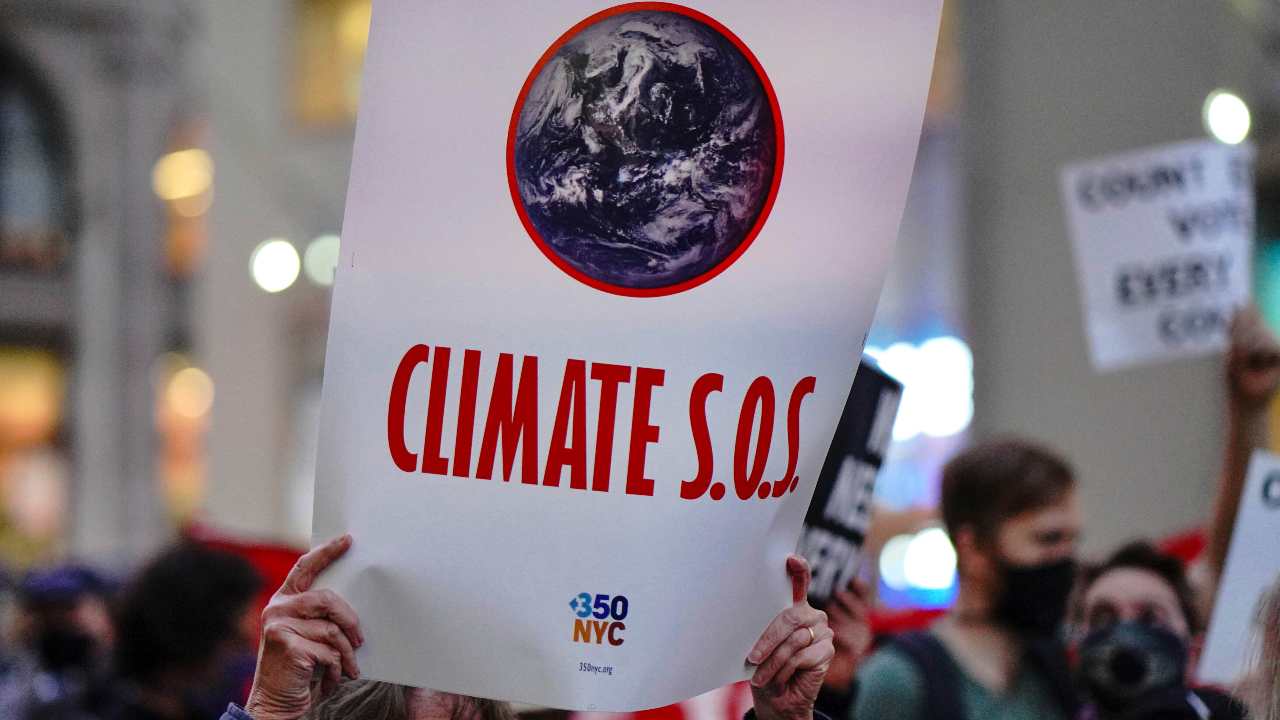
The IEA warned that economic recovery from the COVID-19 pandemic is not currently sustainable for the climate. /Martin Meissner/AP
The IEA warned that economic recovery from the COVID-19 pandemic is not currently sustainable for the climate. /Martin Meissner/AP
Global CO2 emissions are set to increase by the second-biggest amount in history this year as the global economy recovers from the COVID-19 pandemic, the International Energy Agency (IEA) warned on Tuesday, days before a major climate summit.
The IEA's Global Energy Review 2021 estimated that CO2 emissions will increase by almost 5 percent this year to 33 billion metric tons, up 1.5 billion metric tons from 2020 levels, largely reversing the decline registered last year as the pandemic halted large parts of the global economy.
While CO2 emissions are expected to remain below their 2019 level, the IEA expects global energy demand to surpass its 2019 level, with both gas and coal rising above pre-pandemic levels.
"This is a dire warning that the economic recovery from the COVID-19 crisis is currently anything but sustainable for our climate," said IEA Executive Director Fatih Birol.
Opportunity at U.S. climate summit
Birol also said the Leaders Summit on Climate, which will be hosted virtually by U.S. President Joe Biden in Washington on Thursday and Friday, is a critical moment for nations to pledge immediate actions before the UN Climate Change Conference, COP26, set for November in Scotland.
"Unless governments around the world move rapidly to start cutting emissions, we are likely to face an even worse situation in 2022," Birol added.
The IEA said a 4.5 percent jump in coal demand, surpassing the 2019 level and approaching its all-time peak from 2014, is the biggest reason behind the rise in CO2 emissions.
The electricity sector accounts for three-quarters of this increase.
More than 80 percent of the rise in coal demand is to come from Asia.
While the increase in coal use will dwarf that of renewables by almost 80 percent, electricity generation from renewable sources is still tipped to jump by more than 8 percent this year. The IEA expects both solar and wind to post their largest annual rises ever, at around 17 percent.
It expects renewables will provide 30 percent of electricity generation worldwide in 2021, their biggest share ever and up from less than 27 percent in 2019.
China is expected to account for almost half of that increase.

Many big CO2 emitters are yet to announce updated plans to tackle climate change as stipulated in the Paris Climate Agreement. /John Nacion/STAR MAX/IPx 202 via AP
Many big CO2 emitters are yet to announce updated plans to tackle climate change as stipulated in the Paris Climate Agreement. /John Nacion/STAR MAX/IPx 202 via AP
Ambitious new targets
UK Prime Minister Boris Johnson is set to unveil later this week a commitment to slash CO2 emissions by 78 percent by 2035 – 15 years earlier than previously planned.
According to reports in British media, the commitment will, for the first time, also cover emissions from international aviation and shipping, a long-standing demand of environmental activists.
It comes ahead of the UK hosting the delayed COP26 in Glasgow in November.
Canada also announced in its budget on Monday a new target to cut CO2 emissions by 36 percent from 2005 levels by 2030, as it steps up efforts to get to net-zero by 2050.
The new climate goal – up from a 30 percent cut agreed in the Paris Agreement – is backed by billions of dollars in new funding to help Canadian companies cut their CO2 emissions, as well as a roll-out of carbon capture and storage technologies and switch to hydrogen fuel.
Under the Paris Agreement, nearly every country that has signed it will have to drastically reduce their carbon emissions, and they were supposed to submit renewed plans to do so by the end of 2020.
Roughly half of countries met the deadline, but many big emitters – included the top two, China and the U.S. – have yet to do so. Washington has said it will unveil its new targets this week.
President Xi last year announced that China's carbon dioxide emissions would peak before 2030 and the country would achieve carbon neutrality by 2060.

